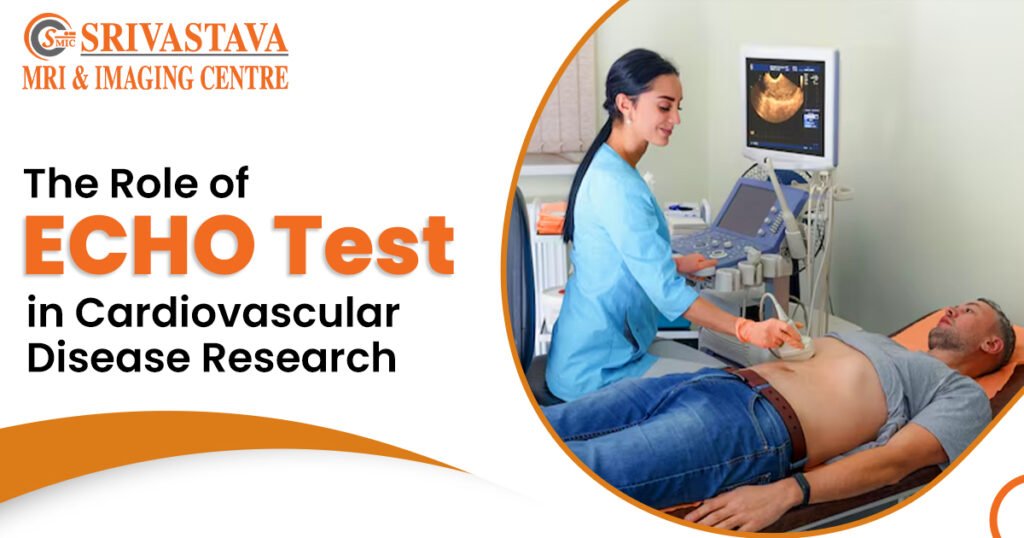Delving into the significance of these tests unveils a world of diagnostic precision and therapeutic innovation, particularly when conducted at esteemed facilities like the ECHO Centre in Delhi, such as the Srivastava MRI & Imaging Centre.
Understanding ECHO Testing:
Echocardiography, commonly known as ECHO, is a non-invasive imaging technique that utilizes high-frequency sound waves to create detailed images of the heart’s structure and function. This diagnostic modality allows healthcare professionals to visualize the heart in real time, assessing its chambers, valves, and overall performance.
The ECHO Centre in Delhi, such as Srivastava MRI & Imaging Centre, is equipped with advanced echocardiography machines and staffed by skilled technicians and cardiologists. Here, patients undergo ECHO tests with precision and expertise, ensuring accurate and reliable results.
Applications in Cardiovascular Disease Research:
The role of ECHO tests in cardiovascular disease research is multifaceted and far-reaching:
- Diagnosis of Heart Conditions: ECHO serves as a cornerstone in diagnosing a wide range of heart conditions, including coronary artery disease, heart failure, valvular disorders, and congenital heart defects. By providing detailed images of the heart’s structures and dynamics, ECHO aids in identifying abnormalities and guiding treatment decisions.
- Assessment of Cardiac Function: ECHO enables researchers to evaluate cardiac function parameters such as ejection fraction, cardiac output, and chamber dimensions. These measurements are crucial for assessing heart health, monitoring disease progression, and gauging the effectiveness of interventions.
- Research on Structural Heart Disease: ECHO plays a pivotal role in studying structural heart diseases, such as hypertrophic cardiomyopathy, dilated cardiomyopathy, and myocardial infarction. Researchers utilize ECHO imaging to characterize anatomical abnormalities, quantify ventricular function, and explore novel therapeutic targets.
- Evaluation of Cardiac Hemodynamics: ECHO provides valuable insights into cardiac hemodynamics by assessing blood flow patterns, pressure gradients, and valve function. This information aids researchers in understanding the underlying mechanisms of cardiovascular diseases and designing targeted interventions.
Advancements and Innovations:
Advancements in ECHO technology continue to revolutionize cardiovascular disease research:
- 3D Echocardiography: Three-dimensional ECHO imaging offers enhanced visualization of cardiac structures, allowing for a more accurate assessment of complex anatomy and pathology.
- Strain Imaging: Strain imaging techniques measure myocardial deformation, providing insights into regional and global cardiac function. This emerging modality holds promise for early detection of myocardial dysfunction and risk stratification in cardiovascular disease.
- Contrast Echocardiography: Contrast agents improve endocardial border delineation and enhance image quality, facilitating better visualization of cardiac structures and improving diagnostic accuracy.
In Conclusion:
ECHO tests play a pivotal role in cardiovascular disease research, offering a non-invasive and highly informative means of assessing cardiac structure and function. Facilities like the ECHO Centre in Delhi, such as Srivastava MRI & Imaging Centre, serve as hubs of innovation and excellence, driving advancements in cardiovascular imaging and contributing to improved patient outcomes. As research continues to expand the frontiers of cardiovascular medicine, ECHO remains a cornerstone in the quest for better understanding, diagnosis, and treatment of heart disease.



